- Massive Range
- FREE UK Delivery
- Rapid Dispatch
- Massive Range
- FREE UK Delivery
- Rapid Dispatch
- Massive Range
- FREE UK Delivery
- Rapid Dispatch
Menu
Home » Machining Thick Aluminium Plates: Suitability and Tips for 3mm to 6mm
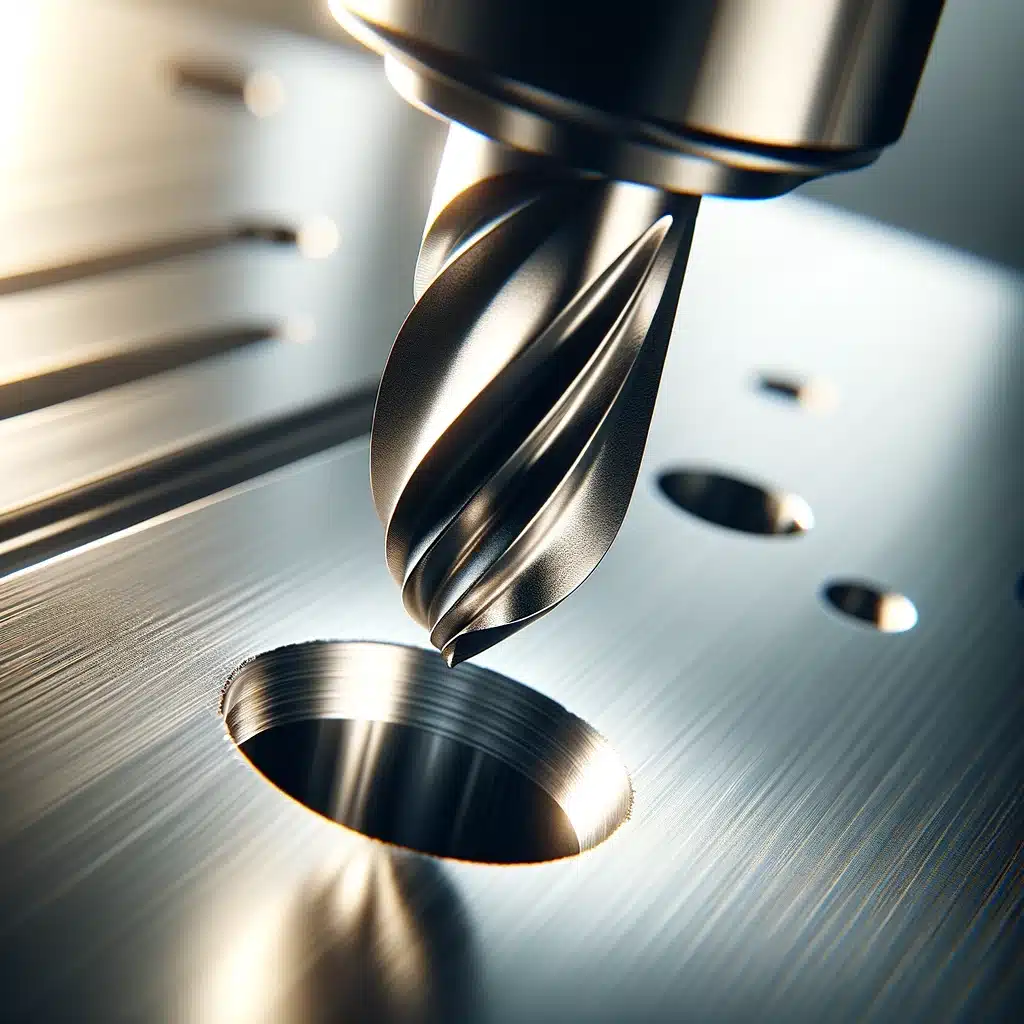
A nuanced understanding of how material thickness affects the fabrication process is required when machining aluminium plates.
Thick aluminium plates, especially those in the 3mm to 6mm range, present a unique set of advantages and challenges that require specific machining methods. Throughout this guide, we’ll examine the intricacies of machining these heftier plates, offering insights into the most effective approaches and techniques.
With Speciality Metals, you can find aluminium plates in these substantial thicknesses, making it possible to meet a wide range of machining needs. Whether you’re working with heavy-duty industrial components or precision-crafted designs, our guide will help you navigate the complexities of machining thick aluminium plates.
Aluminum is known for its machinability, but as plate thickness increases, so does the complexity of machining it. Plates with thicknesses between 3mm and 6mm require greater heat dissipation, more rigorous tool selection, and adjustments in feed rates to accommodate the material’s behavior under stress.
These plates have the advantage of retaining rigidity during the machining process, preventing warping and maintaining dimensional stability. As a result of this rigidity, more aggressive machining techniques can be used, which can improve production efficiency. The same quality, however, requires caution to avoid excessive heat buildup, which can compromise aluminium’s integrity.
Moreover, the choice of tools becomes increasingly important with thicker plates. To handle the increased material resistance, tools must be able to cut efficiently without causing undue wear. End mills, for instance, need to have the appropriate flute count and helix angle to manage the chip load effectively.
In applications requiring precision and strength, thick aluminium plates are a significant advantage. Their inherent stability makes them ideal for parts that will experience high stress or require a high degree of flatness. In industries such as aerospace and precision instrumentation, 3mm to 6mm aluminium plates can make the difference between a good product and a great one.
The following sections will provide you with expert tips for machining aluminium plates of varying thicknesses, enabling you to optimise your machining process for each particular thickness.
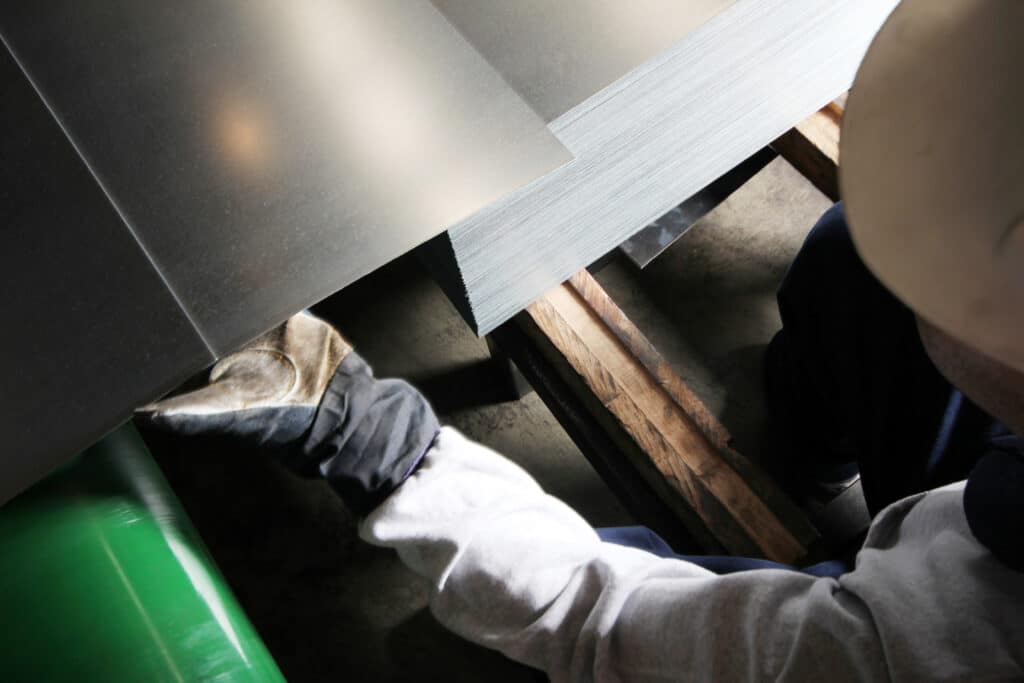
The machining of aluminium plates with a thickness of 3mm requires a detailed approach in order to ensure precision and prevent any deformation. For clean cuts, carbide-tipped end mills or diamond-coated bits provide the sharpness and durability needed. For better chip clearance and improved finish quality when machining at this thickness, consider using a two-flute end mill.
It is crucial to clamp the plate properly in order to prevent it from shifting. Secure the plate firmly with a vacuum table or high-quality vises to prevent warping. In addition, consider using sacrificial layers or soft jaws to protect the material’s surface. Keeping your machine well-maintained and ensuring that all components are tight is essential to achieving precision.
Due to their thin profile and ease of cutting, 3mm aluminium plates are ideal for applications requiring fine detail, such as intricate engraving. Besides making lightweight structural components, they are also useful in industries requiring weight savings, such as aerospace or high-performance automobiles.
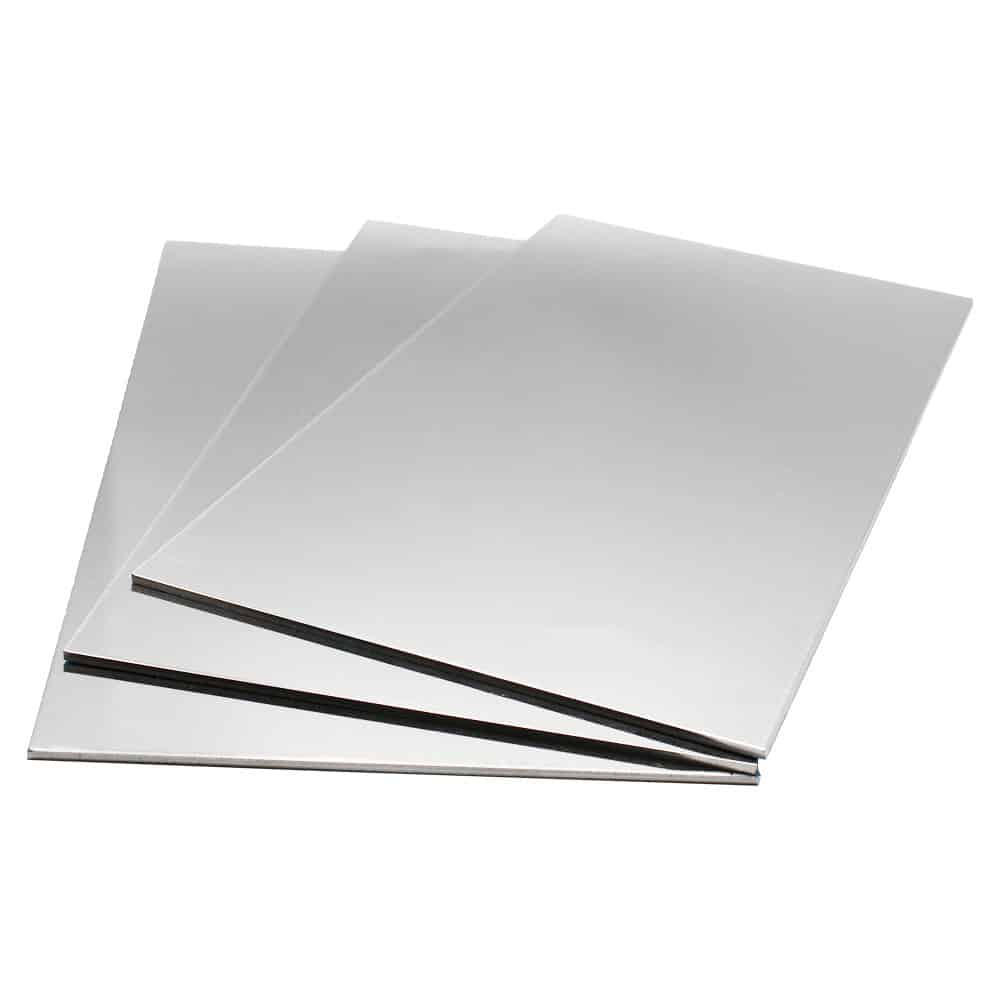
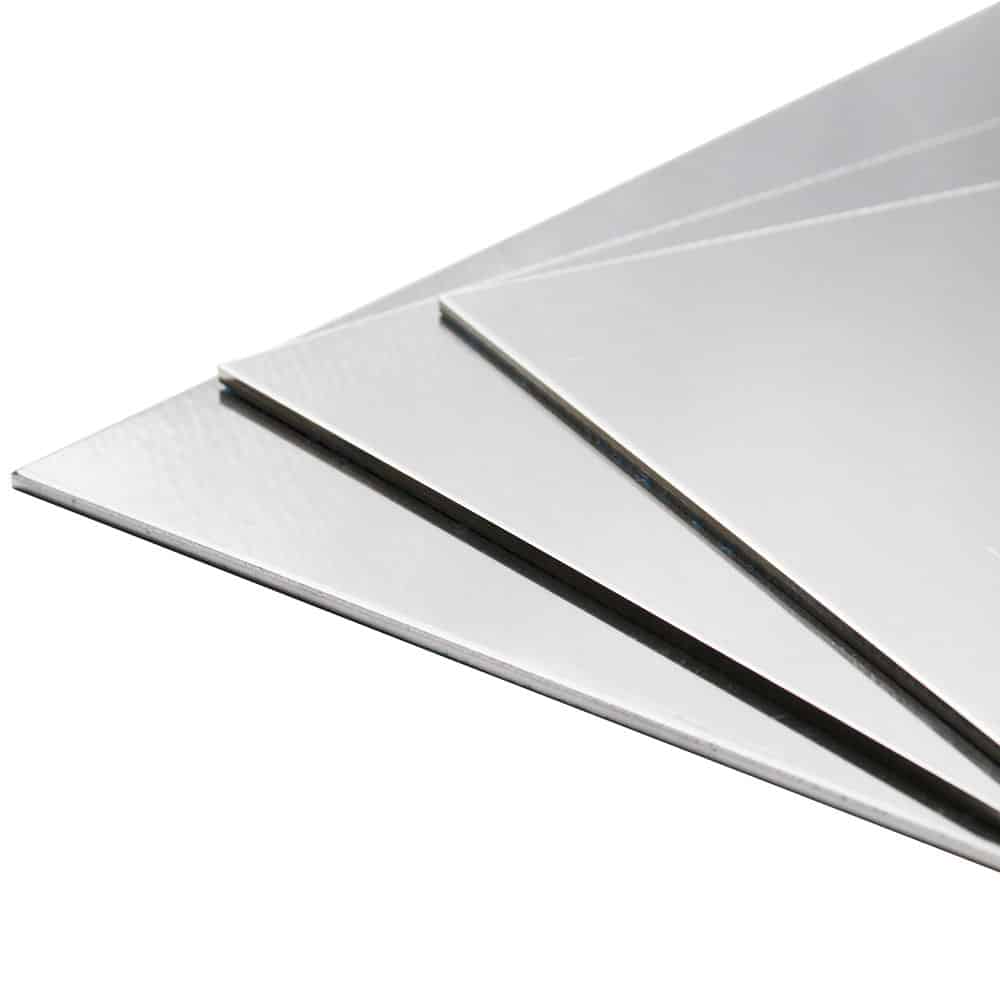
There are a few challenges involved in machining aluminium plates with a thickness of 4mm. Heat and chip evacuation become more critical as material thickness increases. Make sure your end mills have a high flute count to balance chip removal and finish quality. Cool the cutting area with a coolant or cutting fluid to reduce heat generation.
To avoid excessive strain on the bit, adjust your cutting speed according to the tool manufacturer’s recommendations. Using slow, steady feeds and high spindle speeds works well with aluminium to achieve a clean cut without overheating.
From machine parts that require substantial structural integrity to automotive components that need durability, 4mm aluminium plates can be used in a wide range of applications. Due to its added thickness, it is a popular choice for underbody protection in vehicles or mounting brackets for high-stress areas.
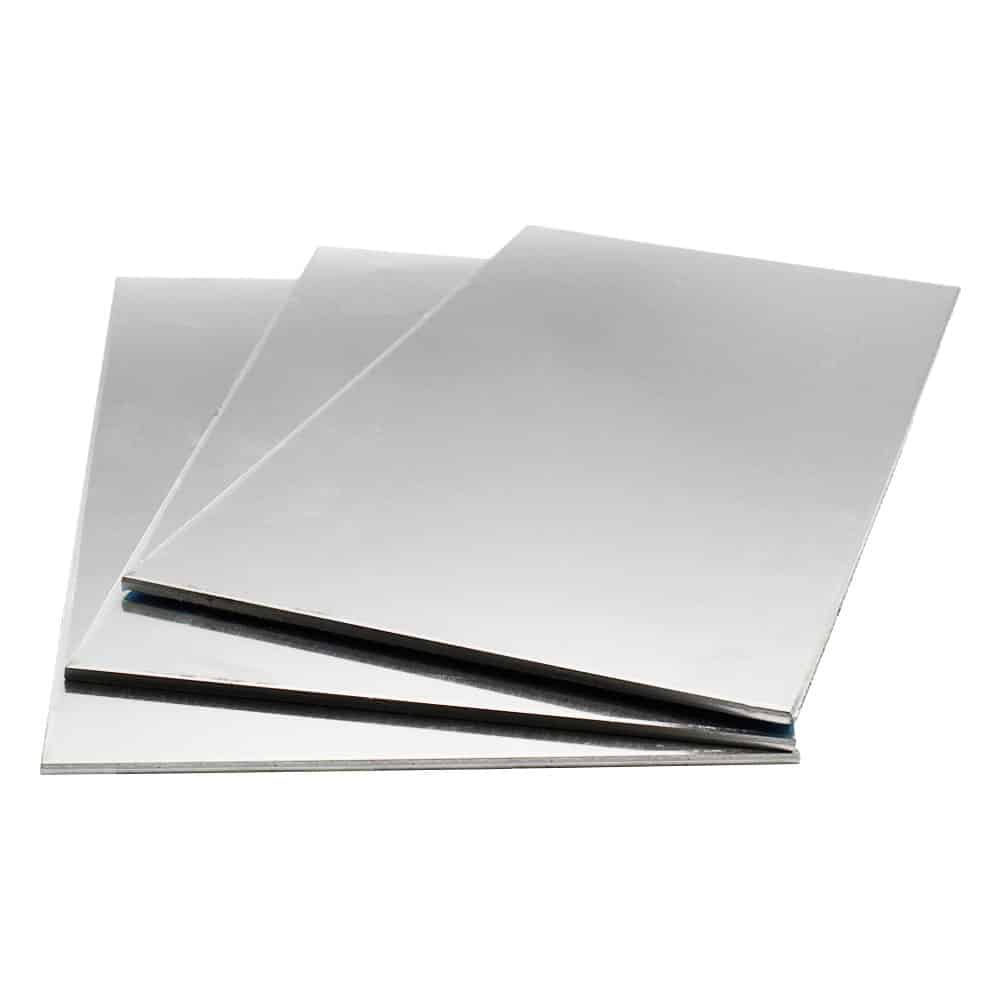
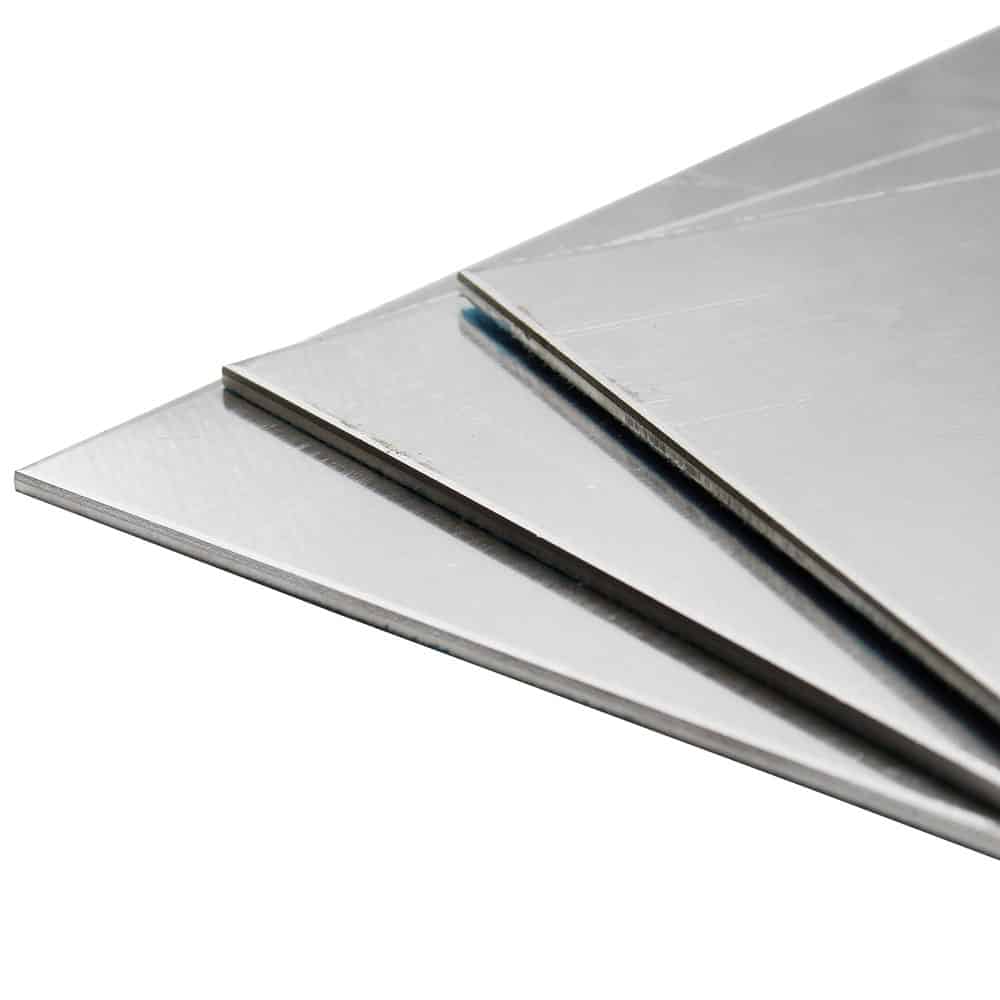
When machining 5mm aluminium plates, tool sturdiness must be carefully considered and machining parameters may need to be recalibrated. Thickness requires cutting tools that can handle the increased material resistance without compromising cut quality. Drill bits and end mills made of solid carbide or cobalt are highly recommended for their strength and heat resistance. They maintain a sharper cutting edge than their high-speed steel counterparts, making them more suitable for 5mm plates.
In order to machine this thickness, lubrication is crucial. Good quality cutting fluids not only cool the cutting area, reducing warping and material burn, but also remove chips, keeping the workspace clear and preventing material buildup on the tool. To prevent adverse chemical reactions, choose a lubricant that’s compatible with aluminium.
Projects requiring a balance between weight and structural integrity benefit from 5mm aluminium plates. Heavy-duty machinery, platforms, and load-bearing frames often use these plates because of their rigidity.
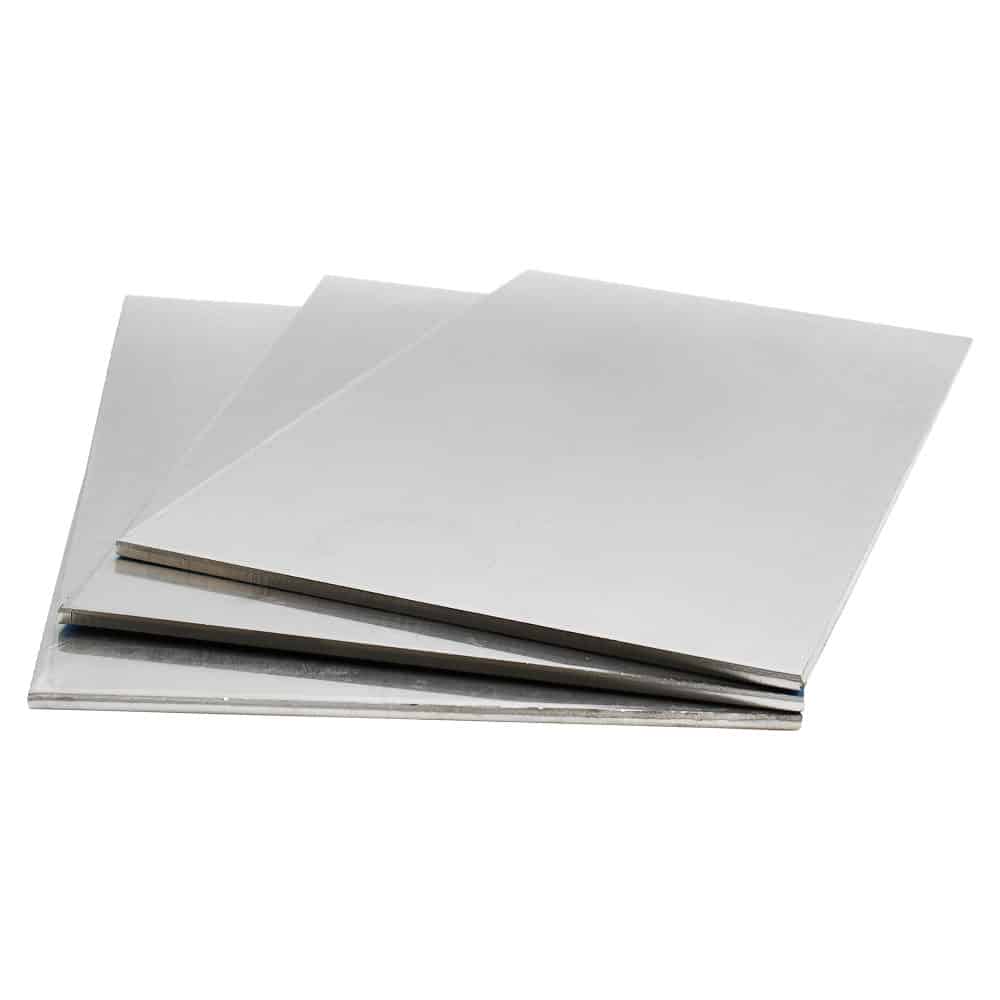
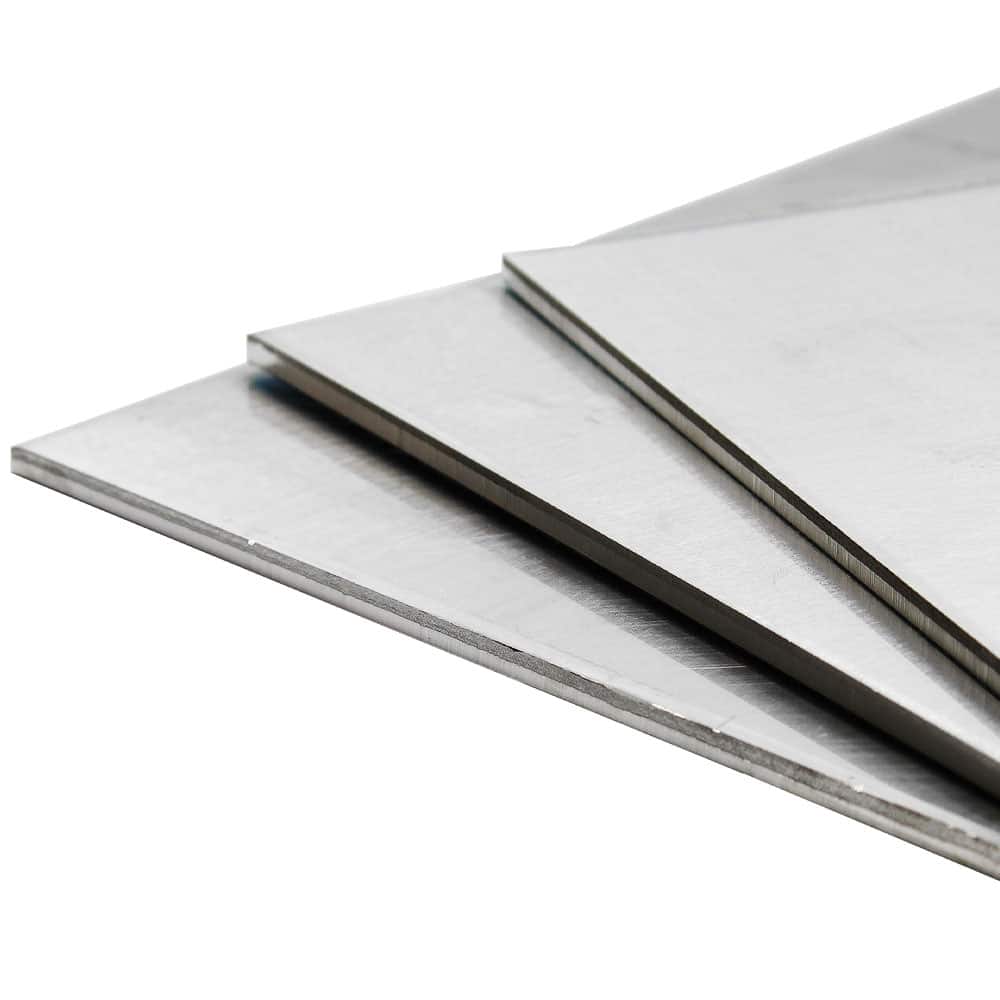
In order to machine 6mm aluminium plates, the strategy shifts from optimising tool life to ensuring material integrity. With this thickness, high-performance cutting fluids become increasingly important. Designed to handle the higher temperatures associated with machining thicker plates, these fluids can significantly reduce the risk of overheating.
Machining 6mm plates requires a deliberate and methodical approach. Keeping a controlled feed rate and spindle speed minimises the risk of tool wear and overheating, which are more prevalent with thicker materials. To ensure efficient chip evacuation, it is also advisable to use end mills with fewer flutes.
A 6mm aluminium plate’s robustness is crucial in industrial applications. In structures that are subject to high levels of stress, such as bridge supports, heavy-duty vehicle chassis, and load-bearing installations, they are ideal.
There are several options for thick aluminum plates, ranging from 3mm to 6mm. These plates are durable and versatile, and can be used in a variety of applications.
Using the correct tools and techniques and understanding the distinct properties associated with each thickness are the keys to successful machining. Speciality Metals provides premium aluminium plates and shares our machining expertise to facilitate the success of your project.
We manufacture aluminium plates to meet your machining requirements, enabling you to construct detailed components and sturdy structures.
We hope that this guide is of assistance to you. Please contact us if you have any questions or input whatsoever.
As always, thank you for checking out our blog. We hope that this helps you with your project.
Please also check out the other articles in our helpful guide series. We have written about aluminium sheeting and checker plate recently to name but two of our articles.
We are also proud to sell this product on our highly popular eBay store, check us out there too.
If you have any further questions, feel free to contact us.
Speciality Metals
Unit 1, Farrell Street, Warrington,
Cheshire, WA1 2WW, United Kingdom
Quick Links
Payment Options
